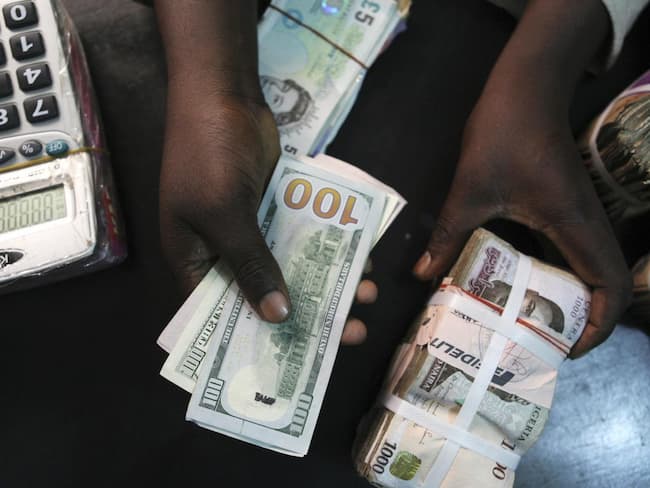The dollar pared gains again the Japanese yen and extended losses against the euro after U.S. consumer prices showed that inflation remains low despite a tight labour market, bolstering the Federal Reserve’s case for keeping interest rates on hold.
The Consumer Price Index (CPI) rose for the first time in four months in February, but the pace of the increase was modest, resulting in the smallest annual gain in nearly 2-1/2 years. The dollar index, which measures the greenback against a basket of six rivals, fell, and was last down 0.17 percent on the day to 97.054.
The euro was 0.27 percent stronger against the dollar, last priced at $1.1275. Against the Japanese yen, which like the dollar acts as a safe-haven investment in times of economic and political volatility, the dollar was 0.05 percent stronger at 111.13 yen, paring earlier gains. As the greenback rises in value, the number of yen required to buy one dollar increases.
The Fed has cited a lack of inflationary pressure as one of the reasons it has felt comfortable pausing its interest-rate hiking cycle. The central bank uses the core personal consumption expenditures (CPE) price index to track inflation against its 2 percent target. CPI nevertheless offers insight into the state of U.S. inflation.
The Labor Department said on Tuesday its Consumer Price Index increased 0.2 percent, lifted by gains in the costs of food, gasoline and rents. The CPI had been unchanged for three straight months. Excluding the volatile food and energy components, the CPI edged up 0.1 percent, the smallest increase since August 2018.
In the 12 months through February, the core CPI rose 2.1 percent. The core CPI had increased by 2.2 percent for three consecutive months on an annual basis. Economists polled by Reuters had forecast the CPI and the core CPI edging up 0.2 percent in February.
Slowing domestic and global growth are keeping inflation in check even as a tight labour market is driving up wages. Annual wage growth jumped 3.4 percent in February, the biggest increase since April 2009, from 3.1 percent in January.














